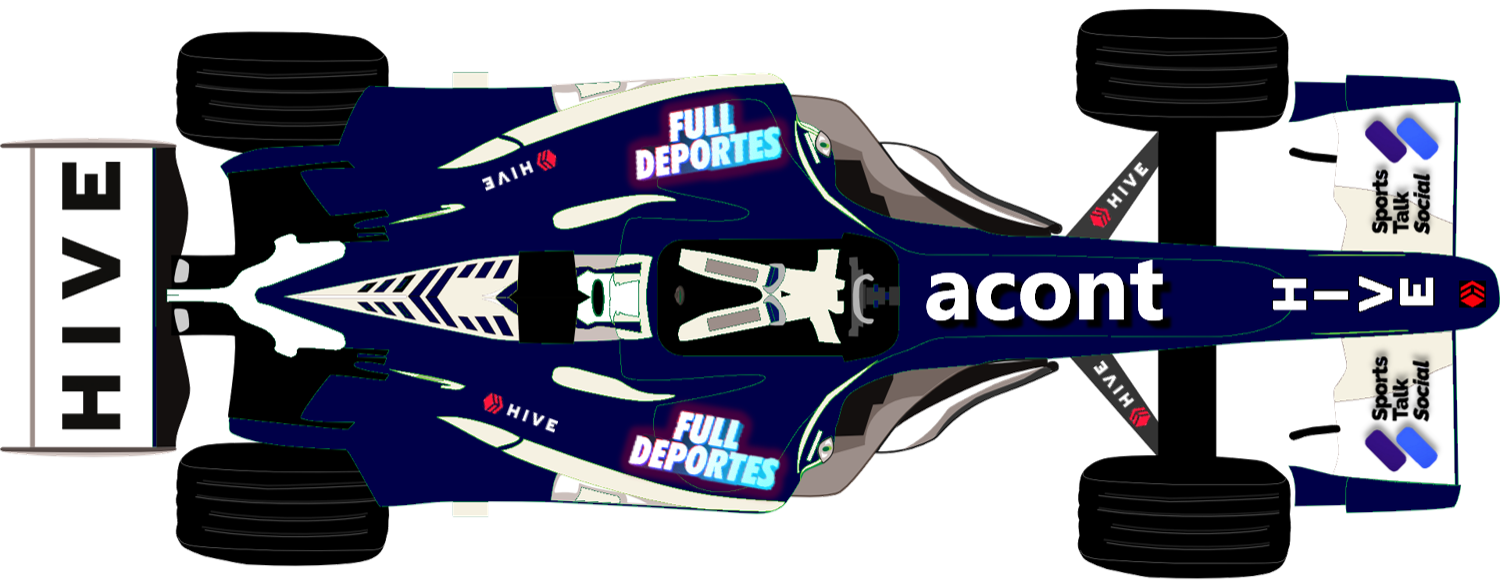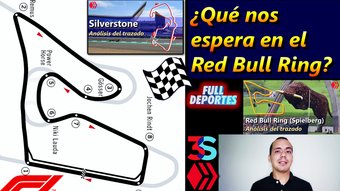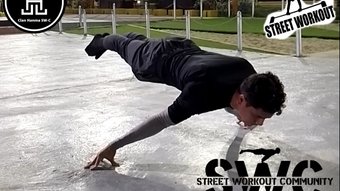🛣️Análisis de Suzuka 鈴鹿 | La mítica pista japonesa🎌🗾 [ESP-ENG] #Formula1
5
About :
Suzuka es uno de los trazados de leyenda en la Fórmula 1. Es de los más rápidos del calendario, cuyas curvas serpenteantes son del agrado tanto de pilotos como de aficionados a la máxima categoría. Luego de haber terminado el Gran Premio de Japón, no podíamos llegar al Gran Premio de Estados Unidos sin antes dedicar un video de análisis a este autódromo nipón que tanto nos ha dado emociones desde su introducción a la Fórmula 1 en 1987.

Resulta curioso que este trazado fuera diseñado por alguien cuya profesión no era exactamente una relacionada al mundo del deporte a motor. John Hugenholtz, era un periodista y abogado neerlandés que se encargó del diseño de esta pista para la empresa Honda, la cual buscaba un circuito de pruebas que finalmente se construyó en 1962. El trazado original era un poco distinto al actual, y muy al estilo de circuitos clásicos, con curvas muy veloces y peligrosas. Para 1987, en su primera carrera de Fórmula 1, el trazado ya había sido modificado ligeramente haciéndolo un poco más lento. Esto lo puedes ver con más detalle en el video.
Suzuka se caracteriza por poseer distintas variaciones en su recorrido. A pesar de ser, en general, bastante rápido, cuenta también con una horquilla lenta, una chicane lenta, una zona un poco técnica con una curva de 90°, y, por su puesto, sus diversas curvas de alta velocidad. Sin embargo, en general se trata de un trazado muy veloz con la particularidad de que es un trazado "serpenteante" donde se combinan velocidades altas con sinuosidades, especialmente en el primer sector.
Faltó mencionar en el video la curva en donde ocurrió el grave accidente de Jules Bianchi en 2014, y se trata de la curva 7. Se traza a altas velocidades a la izquierda, y además en subida, por lo que puede ser peligrosa bajo condiciones de lluvia intensa. Tras lo ocurrido en carrera, en donde Gasly se encontró por sorpresa con una grúa en la pista, se vuelve a hablar del tema de la seguridad en este circuito, el cual es complicado de conducir bajo condiciones húmedas.
Todo esto y más en este video de #3Speak para #FullDeportes en donde analizamos Suzuka, el mítico trazado japonés. Gracias por visitar mi canal dedicado al mundo del deporte a motor y especialmente a la Fórmula 1 ¡Hasta la próxima! 🏁

Suzuka is one of the legendary tracks in Formula 1. It is one of the fastest on the calendar, whose winding curves are a favorite of both drivers and fans of the top category. After having finished the Japanese Grand Prix, we could not arrive at the United States Grand Prix without dedicating a video analysis to this Japanese racetrack that has given us so much excitement since its introduction to Formula 1 in 1987.
It is curious that this track was designed by someone whose profession was not exactly related to the world of motorsport. John Hugenholtz was a Dutch journalist and lawyer who was in charge of the design of this track for the Honda company, which was looking for a test track that was finally built in 1962. The original layout was a little different from the current one, and very much in the style of classic circuits, with very fast and dangerous curves. By 1987, in its first Formula 1 race, the layout had already been slightly modified making it a bit slower. You can see this in more detail in the video.
Suzuka is characterized by different variations in its course. Despite being, in general, quite fast, it also has a slow hairpin, a slow chicane, a slightly technical area with a 90° curve, and, of course, its various high-speed corners. However, in general it is a very fast track with the particularity that it is a "serpentine" track where high speeds are combined with sinuosity, especially in the first sector.
Not mentioned in the video was the corner where Jules Bianchi's serious accident occurred in 2014, and it is turn 7. It is drawn at high speeds on the left, and also uphill, so it can be dangerous under heavy rain conditions. After what happened in the race, where Gasly was caught by surprise by a crane on the track, the issue of safety on this circuit, which is tricky to drive in wet conditions, is once again being discussed.
All this and more in this #3Speak video for #FullDeportes where we analyze Suzuka, the mythical Japanese track. Thanks for visiting my channel dedicated to the world of motorsport and especially Formula 1 See you next time! 🏁
Translated to English language with the help of DeepL.com
FuentesSources
Música: Time for Machine (Gvidon) - Pixabay
Hmdwgf, CC BY-SA 4.0, via Wikimedia Commons
Xander89, CC BY-SA 3.0, via Wikimedia Commons
Will Pittenger, CC BY-SA 3.0, via Wikimedia Commons
Max Verstappen's Onboard Pole Lap | 2022 Japanese Grand Prix | Pirelli
Fórmula 1: ¿Qué caracteriza a los circuitos de leyenda?
Tokumeigakarinoaoshima, CC BY-SA 4.0, via Wikimedia Commons
 |
 |
Otras redes sociales:
 |
 |
 |
 |
| ¡Gracias por visitar! — Deja tu comentario 🚥🏆  |
Tags :
Their limit for today is $0!





























Comments:
Reply:
To comment on this video please connect a HIVE account to your profile: Connect HIVE Account